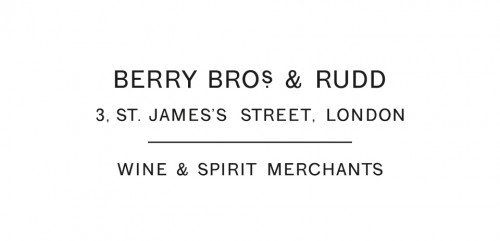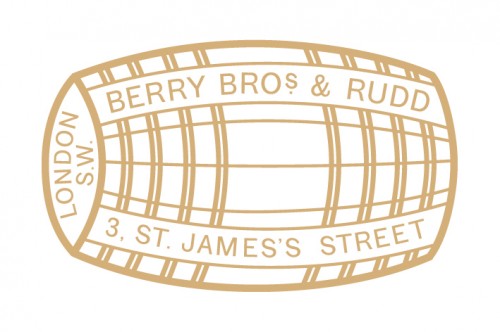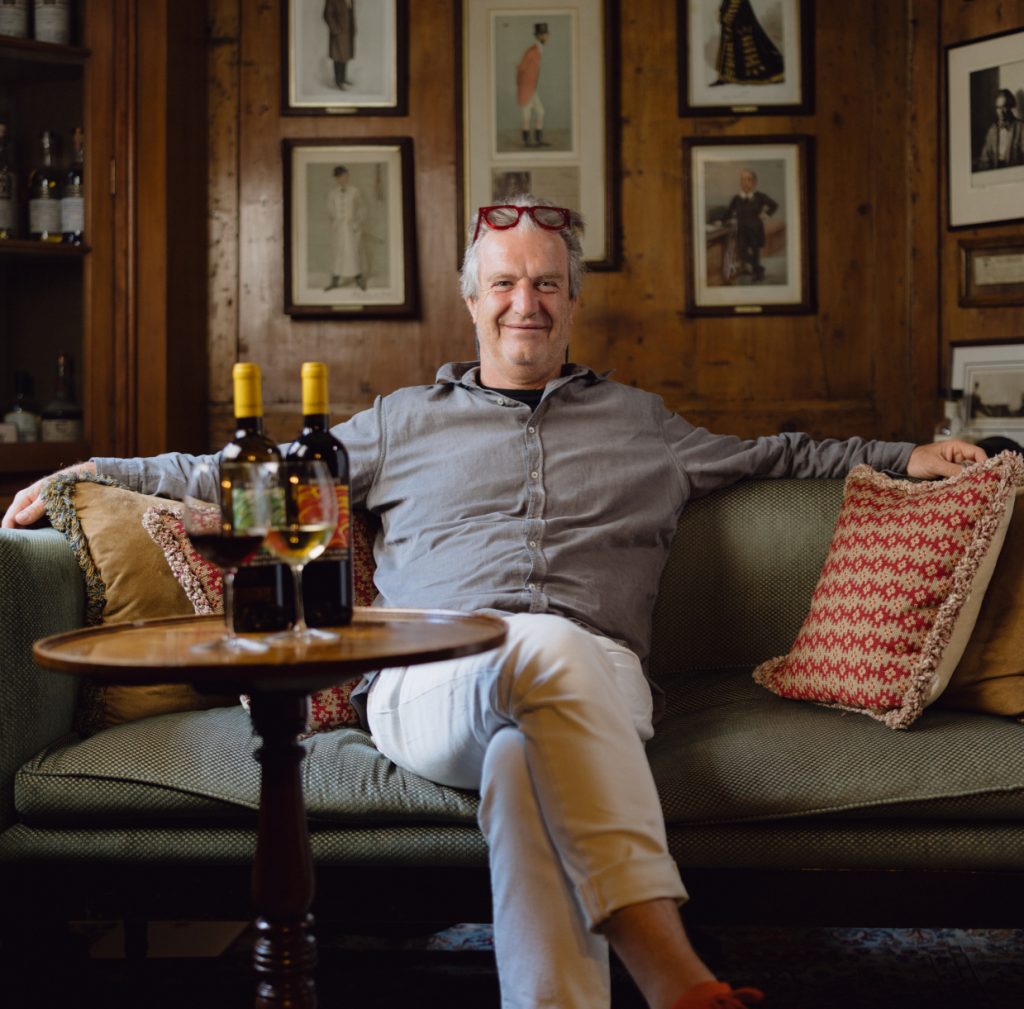Caroline Frey: second nature
Author: Alexandra Gray de Walden

Caroline Frey is owner and head winemaker at Paul Jaboulet Aîné in the Rhône, Château La Lagune in Bordeaux and a domaine in Burgundy – she also has vines in the Swiss Valais. What has she learned from the people and the land of these diverse wine regions? Here, Alexandra Gray de Walden finds out.
Caroline Frey was born in Champagne so it could be argued that wine was in the blood. “My father purchased his first vineyards when I was very small,” she tells me. “I grew up in that atmosphere of vineyards, harvest…”
Was it something she always wanted to do? A vigneron’s vocation? Not so. Caroline’s first plan was to do something with plants and nature, both featuring heavily in how she runs her properties today. It was her mother who suggested she consider oenology. In 2000, while Caroline was completing her oenological studies in Bordeaux, her father purchased Château La Lagune in the Haut-Médoc. It remains one of the Frey portfolio’s great success stories. As she said of this serendipitous purchase, “Sometimes the planets align.”
Now based in Lausanne, Switzerland, Caroline spends much of her time travelling between her properties there, in Burgundy, Bordeaux and the Rhône. These diverse regions, with their different soils, grapes and climates, have given Caroline excellent opportunities for learning and experimenting. She learned about mildew in Bordeaux, about oidium in the Rhône and about both, she says, in Burgundy. “My philosophy in each place is to understand the story of the wine and the people. I used to play the piano – it’s like that. When you know the technical things perfectly, then it’s the best way to let the emotions out. That technical prowess gives you freedom.”
Organic evolution
After Château La Lagune, the Freys acquired Paul Jaboulet Aîné in the Northern Rhône. While La Lagune had already had many different owners, Jaboulet had been in the eponymous family for six generations. I can’t imagine this was an easy transition. Caroline made time to build trust and respect there. “There were lots of wines, and it was hard to focus so we streamlined the range,” Caroline tells me. She also introduced organic practices in 2006 before certification followed in 2016.
“We were quite early to organics and regenerative viticulture. Planting cover crops between vines is so useful, otherwise it becomes too muddy. We have non-cultivated areas for biodiversity and increased ecosystems, but it’s harder in places with dry ground.” At La Lagune, Caroline has overseen the planting of 1,000 small trees around the vineyard, effectively creating a natural clos (walled vineyard). Their controlled root growth (vertical, not horizontal) means they are not competing with vines for water and provide habitats for bats and birds – nature’s own pest control.
Despite her clear passion for organics, you won’t find the word on any of Caroline’s wine labels. “I don’t do it to be ‘organic’. I do it to make better wine and get the best expression of the terroir”, she says. “That doesn’t change whether you’re organic or not.” That said, the organic certification is important to her as recognition. “The team have worked towards it. La Lagune’s vineyards are near houses and it’s important our neighbours know we’re organic.” It’s worth noting that biodynamic principles are also followed at Jaboulet and La Lagune.
Vintage challenges
When Caroline and I meet, we are a short time away from the launch of our Rhône 2022 En Primeur offer. I am keen to hear how this challenging vintage was received at Jaboulet. “Well, I thought 2015 was hot and then we had 2022,” Caroline explains as she pretends to wipe her brow. As at many other estates in the region, the vines at Jaboulet – some of them over 100 years old – shut down to protect themselves during the very long drought. The granitic soil resisted well, thanks to the deep, water retaining clay which has helped produce balanced and fresh wines in 2022.
With hotter, drier vintages becoming more commonplace in the Rhône, what steps will Caroline take to mitigate the effects? For one, she is keen that the Rhône doesn’t follow Bordeaux’s lead in introducing more permitted grape varieties. As a member of a Syrah conservation group, she is passionate about the Northern Rhône’s flagship red variety. “I can’t change the recipe – the Northern Rhône is the birthplace of Syrah and the heart of Jaboulet is the Northern Rhône.”
She has been experimenting with massal selection – replanting new vineyards with superlative old vines – with 12 Syrah clones, enabling comparisons of yields, compositions and growing abilities. The right vines can then be chosen as and when replanting is required. Most interestingly, Caroline also has a small plot of Dureza (one of Syrah’s parents). This late ripening, low sugar and high acid grape is excellent for blends and already established as part of Syrah’s heritage.
Horse sense
With a young daughter at school and a burgeoning winemaking empire spanning most of the length and breadth of France, Caroline is clearly no stranger to hard work and long days. I ask her what her experience of being a woman winemaker and winery owner has been like. “I don’t pay attention to it,” she tells me matter-of-factly. She was previously a member of the French showjumping team – equestrian sports are the only ones where men and women compete equally together. “Perhaps that helped me manage,” Caroline says. “Plus, I joined La Lagune at 25 as the owner’s daughter – that wasn’t easy.”
Caroline’s keen focus on sustainability is already protecting her vineyards – and their wines – for the future. Her daughter helps her in the vineyards in Switzerland so perhaps she will follow in Caroline’s footsteps. “It would be great to know someone from the family will continue the work, but nothing is certain.” If the vagaries of the wine world teach us anything, it is surely that.





?w=1200&sm=aspect&aspect=1:1)